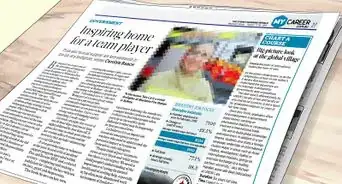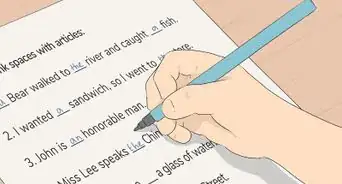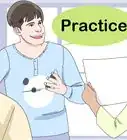This article was co-authored by wikiHow staff writer, Danielle Blinka, MA, MPA. Danielle Blinka is a Writer, Editor, Podcaster, Improv Performer, and Artist currently living in Houston, TX. She also has experience teaching English and writing to others. Danielle holds a Bachelor of Arts in English, Bachelor of Arts in Political Science, Master of Arts in English with a concentration in writing, and Master of Public Administration from Lamar University.
This article has been viewed 12,523 times.
Learn more...
Cooking is an essential life skill, but it's hard for many people to master. As a cooking teacher, you'll be able to help your students improve their lives and their diets! If you're ready to take your kitchen skills into the classroom, start by planning the lesson you want to teach. Then, conduct your cooking class to show students how to do the skills they're learning. As you teach them, keep students engaged with hands-on activities.
Steps
Planning a Lesson
-
1Choose the techniques you’ll be teaching. First, identify the goal or purpose of your class. Consider the experience level of your students, as well as what they might enjoy learning. Then, pick 1-3 skills you can focus on in the time you have allotted for your class.[1]
- Ask yourself questions like these: What do students want to learn? What is their skill level? What skills am I an expert in?
- For example, you might want to teach basic chopping and sauteing skills, or you may want to focus on a more advanced technique, like blanching.
Tip: It’s likely your recipe will incorporate skills you aren't teaching, unless you’re teaching a beginner class. If students should already be familiar with these skills, then it’s okay if you don’t give detailed instruction on them. For example, you may not need to teach your students how to mince garlic.
-
2Pick a recipe that incorporates the techniques you want to teach. Choose a recipe or recipes that can be made in the time allotted for your class. Stick to a simple recipe if you’re focusing on basic skills, or do a more complicated recipe if you’re teaching an advanced technique.[2]
- For example, you might make simple fajitas to teach students how to grill chicken in a pan and saute vegetables in oil. On the other hand, your recipe may be more difficult if you’re making a curry from scratch because you'll need to teach different ways to make onion, garlic, and ginger paste, as well as how to make a sauce and how to cook meat in a sauce.
- You might make more than 1 recipe to create an entire meal. For instance, you might make an appetizer, entree, and dessert. These recipes can cover some of the same skills or you could choose to cover different skills with each recipe.
Tip: If you can, plan 2-3 entree recipes so that students have a choice in what they cook. This will help you accommodate more students’ preferences It's best if the recipes cover the same skills. You can demonstrate just 1 main recipe, or you can cook each of them.[3]
Advertisement -
3Write out the steps for teaching the recipe and techniques to your students. Create a lesson plan for your class that breaks down how you plan to introduce, teach, and demonstrate the material. Focus on the steps you’ll need to take to make the recipe you’re teaching to your students. You need to include the following sections:[4]
- Prepping your ingredients: Show your students which utensils to use, then demonstrate the proper technique.
- Cooking the recipe: Teach the students how to use the cooking method, how to know the proper temperatures for cooking food, how long they should cook a dish, and how they can tell if the food is done.
- Serving the dish: Explain how to display the food, how quickly they need to serve the dish, and how it should be eaten.
-
4Practice making the recipe you’ll be teaching in advance. During your class, you’ll need to do a perfect job with your recipe, so make it several times beforehand to work out any kinks that you may have. This will also help you nail down the amount of time you need for each phase. Cook the recipe at least 2-3 times prior to your class.[5]
- As you make the recipe, think about the issues you encounter or any questions that you have. This will help you anticipate the struggles your students might face so that you can prepare answers for the questions they may ask you or can offer them extra tips.
-
5Time your lesson to make sure it fits within your allotted time frame. Use a timer or clock to figure out how long it takes you to explain the lesson, prep the ingredients, prepare the recipe, and serve the dish. Additionally, add a little bit of padding to allow time for questions and unexpected delays. Make sure your lesson fits into the time you have allotted for the class.[6]
- When it comes to padding, you might leave 5-10 minutes between each part of your lesson to allow for questions or unexpected delays. If you're worried this time will go wasted, you might learn a few facts about the dish you're cooking so that you can share them with your class if no one asks questions.
- If your class goes long, look for ways that you can shorten it. For instance, you might be able to prep some of the ingredients beforehand, or you can partially cook certain parts of the dish ahead of time. As an example, you could pre-cook pasta if you’re making an Italian dish or could pre-chop lettuce for a salad.
- If your class seems too short, try to add in anecdotes, hands-on practice, or extra skills that students can use. It’s a good idea to pick things you can cut if you get into the class and realize that you don’t have as much extra time as you thought you did.
-
6Gather the materials and ingredients for the recipes you’ll be teaching. Collect the chopping board, utensils, pots, pans, baking sheets, dishes, and other gear you’ll need to make the recipe. Then, purchase the ingredients you’ll need. If your students are making the recipe along with you, check that you’ll have enough for all of the students in your class.
- You can use your materials from home, but make sure they’re clean.
- If students are going to be bringing their own materials, send them a materials list at least a week in advance. Additionally, provide them with your contact information so that they can ask questions.
-
7Make copies of the recipe you’re teaching so students will have it. Even if your students aren’t making the recipe during class, they still need a copy of the recipe. This will help them follow along and provide them with what they need to recreate the dish. Get enough copies of the recipe so that you can provide 1 to each student.[7]
- It’s a good idea to bring extra copies in case a student damages or loses their copy.
Tip: Your students will retain the information better if you give them a handout that reviews all of the information you’re covering. It doesn’t need to be a script of your lesson, but it’s helpful if the handout offers a bullet point list of the most important information.
-
8Prepare your ingredients in advance if you aren’t teaching a prepping technique. Depending on the type of skills you’re teaching, it may be helpful to prep your ingredients ahead of time. This can save you time in a short class or when you’re working on an advanced cooking technique. Consider washing, chopping, and mincing your ingredients before class so that you can skip most of the prep stage.
- If you’re teaching a beginner’s class, then you might want to let your class chop up the ingredients so that they gain experience. However, this might waste time in a more advanced class where the students likely know how to chop.
Conducting Your Class
-
1Set out the ingredients at each workstation before students arrive. Your students will be able to dive right into class if you already have the materials out. Place utensils, cooking materials, and ingredients at each cooking station if the students are cooking along with you. If you’re doing a demonstration, arrange all of your materials on your work surface, and make sure that students can see them from where they’ll be sitting.[8]
- Try not to waste class time with setup, if you can.
-
2Give students the recipe and handout at the start of class. This will allow your students to follow along as you go over the process. Make sure every student has a copy, even if they’re working in pairs.[9]
- Some students may read ahead on the recipe and handout, but it’s still helpful to give the materials at the beginning.
-
3Explain the techniques and recipe you’ll be teaching. Introduce the skills they’ll be learning and provide a basic demonstration. Then, explain why you chose the recipes you did, as well as what students can expect to learn from them. Finally, preview what students should know at the end of the class.[10]
- For instance, you might say, "I decided to teach you how to make simple fajitas to work on basic chopping skills and sauteing skills. You'll also learn how to grill chicken in a pan. This is an easy recipe that you can duplicate for a weeknight meal."
- It’s also helpful to go over prerequisites, if there are any. Then, assure students that you will help them complete the recipe if they are missing any required skills. You might say, “This recipe requires that you already know how to mince garlic. If you don’t, I’ll show you how to do it when the time comes.” However, it's best to let them know the prerequisites when they sign up for the class.
-
4Walk the students through the process of prepping ingredients. This involves tasks like washing, chopping, mincing, marinating, or soaking the ingredients. Tell students what you’ve already done before class started, then show them how to do the techniques you’re teaching them during the class.[11]
- If students are making the recipe in the class, walk around to see how their prep is going. Tell students what they’re doing right, as well as where they need to improve. Say something like, “Your pepper slices look great, but you’d be able to chop faster if you removed the seeds first.”
-
5Show students how to cook the dish. Explain the techniques you’re using, as well as how to do them. Tell students what you’re doing, how you’re doing it, and what effect it will create. Make sure that all of your students can see you work.[12]
- If students are cooking the recipe themselves, let them watch you first. Then, walk around as they do it themselves.
- You can either show them how to cook the entire dish first or you can break it down into sections. For instance, you might decide to cook your fajitas from start to finish, then let your students start cooking. Alternatively, you could cook just the veggies first, then pause to let the students cook. Next, you could cook the meat, followed by a third section where you prepare the tortillas and toppings.
-
6Demonstrate how to best serve the dish. Show your students how to put the food onto a plate or into a bowl. Then, teach them how to make it look nice with garnishes, toppings, or sauces, if possible.[13]
- If the dish is hard to eat, give your students tips on how to eat it. For instance, crabs and oysters might seem confusing to eat at first.
Tip: Make the dish look pretty so that students can take a picture of it, if they like. Pretty dishes will make your students feel more excited about your class.
-
7Allow students to eat the dish or take it home. If you demonstrated how to cook the dish, then let each student sample it. If students made the dishes themselves, then you can either let them eat a big meal at the end of class, or send them home to eat their meal. Just make sure you let them know what you plan to do in advance.[14]
- It’s common for students to eat their food at the end of class, but make sure you have enough time for that. Expect them to take 15-20 minutes to eat, depending on what they made.
- If you send them home with their food, it’s best to have extra takeout containers so that they can pack up the food.
-
8Add a question and answer session at the end of the class. This gives students the opportunity to clarify anything they thought was confusing. Invite students to ask any questions they have, and provide the answers to the best of your knowledge.[15]
- If you’re having the students eat their food at the end, you might do an informal question and answer session during dinner.
Engaging Your Students
-
1Spread out the information so students don't get overwhelmed. Don’t dump too much information on your students at once. Keep your focus only on the techniques they’re learning in this class, and talk about 1 thing at a time. If you need to touch on other skills or techniques, briefly summarize what they are, but don’t go into much detail.[16]
- You can’t teach your students everything at once, so don’t fall into the trap of feeling like you need to explain every little thing. Just give them enough information to do the skills you want them to learn in this particular class.
-
2Do-hands on practice for maximum engagement. Students learn best if they get to cook the recipe themselves. They’ll also stay more engaged if they’re doing something during the class. If possible, let them follow along with you as you cook.
- Students can work in pairs or teams to cut down on the amount of materials you need. Plus, this might make it more fun and engaging for them.
-
3Incorporate activities into your lesson if you're only doing a demonstration. Sometimes it’s not possible for your students to cook the recipe along with you. However, you can still do things to keep them engaged with your lesson. Here are some examples of things you can try:
- Let students sample an ingredient or dish as you prepare the entire recipe.
- Tell amusing stories about the dish.
- Ask students to share their impressions or a little about themselves.
- Ask students to answer questions, like trivia about the ingredients, style of cooking, or type of dish.
- Ask for volunteers to help with certain tasks, like chopping, sauteing, or spooning food onto dishes.
Warnings
- Remind students of basic safety precautions, such as being careful with hot pans and using a knife safely.⧼thumbs_response⧽
References
- ↑ https://www.superprof.us/blog/preparing-cookery-tutorials/
- ↑ https://www.superprof.us/blog/preparing-cookery-tutorials/
- ↑ https://foodandhealth.com/cooking-class-tips/
- ↑ https://www.superprof.us/blog/plan-appealing-cooking-tutorials/
- ↑ https://www.superprof.us/blog/preparing-cookery-tutorials/
- ↑ https://www.superprof.us/blog/plan-appealing-cooking-tutorials/
- ↑ https://www.superprof.us/blog/plan-appealing-cooking-tutorials/
- ↑ https://www.superprof.us/blog/preparing-cookery-tutorials/
- ↑ https://www.superprof.us/blog/preparing-cookery-tutorials/
- ↑ https://www.superprof.us/blog/plan-appealing-cooking-tutorials/
- ↑ https://www.superprof.us/blog/preparing-cookery-tutorials/
- ↑ https://www.superprof.us/blog/preparing-cookery-tutorials/
- ↑ https://foodandhealth.com/cooking-class-tips/
- ↑ https://www.superprof.us/blog/plan-appealing-cooking-tutorials/
- ↑ https://www.superprof.us/blog/plan-appealing-cooking-tutorials/
- ↑ https://www.superprof.us/blog/plan-appealing-cooking-tutorials/
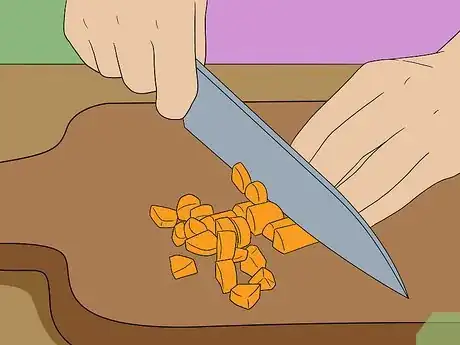
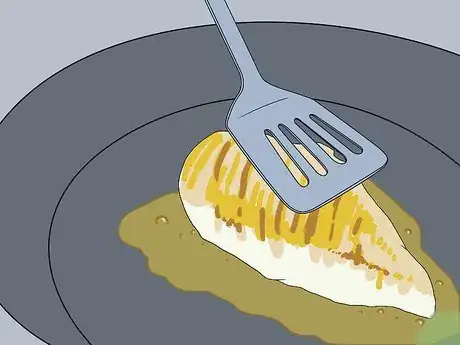
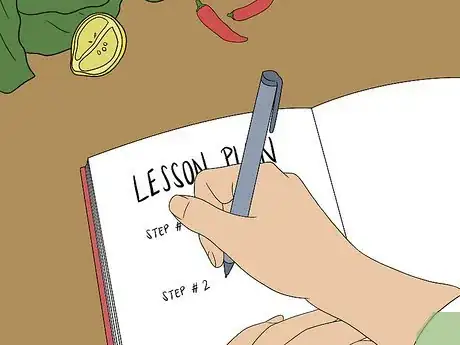
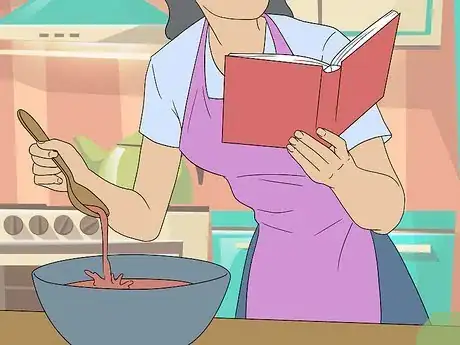
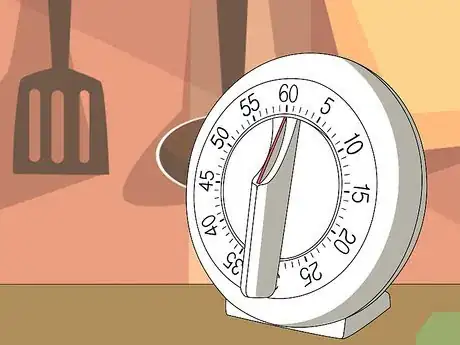
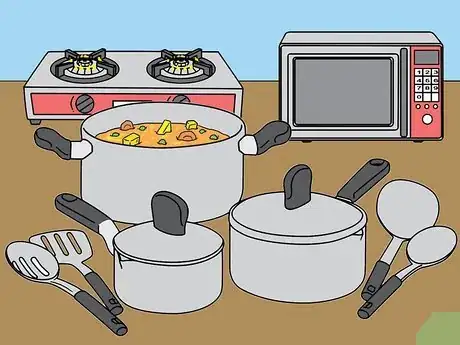
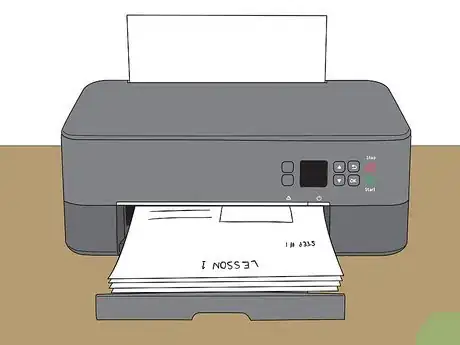
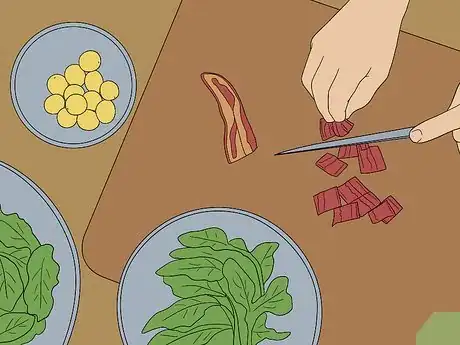
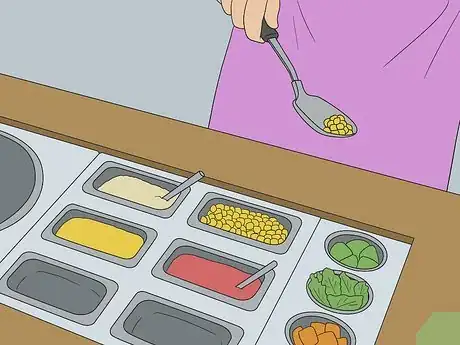
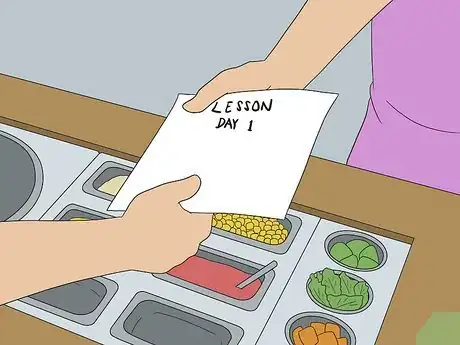
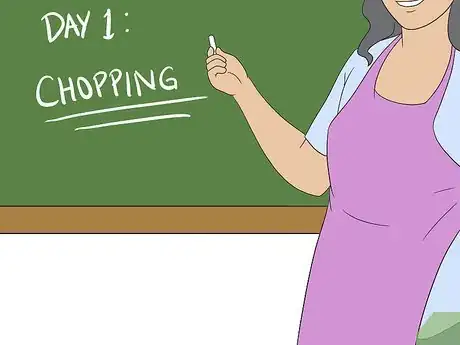

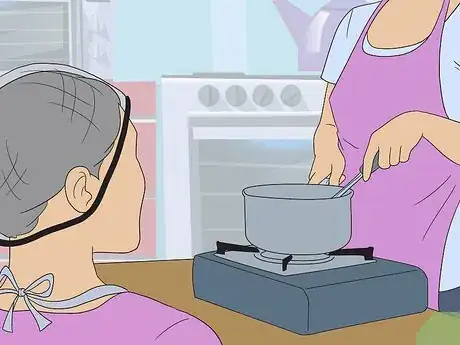
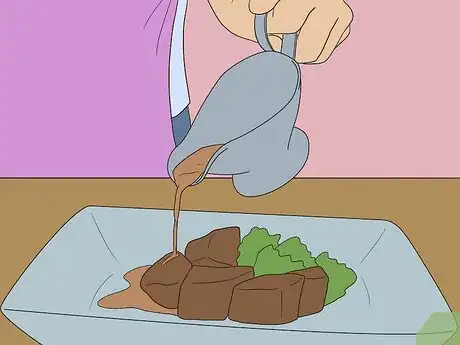
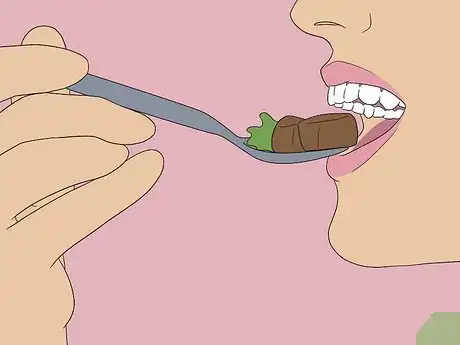


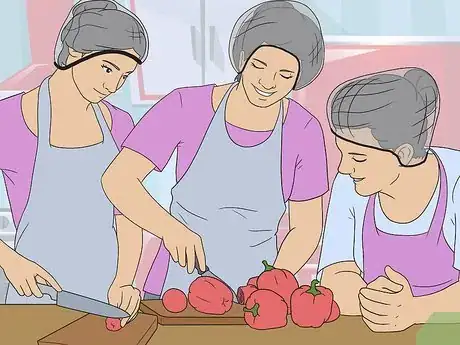
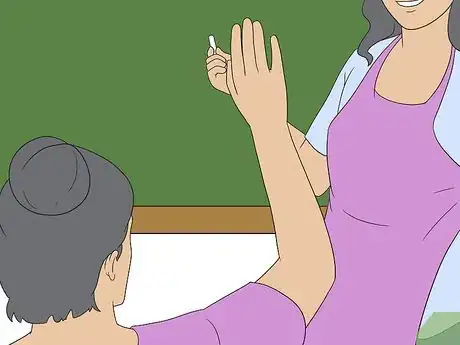


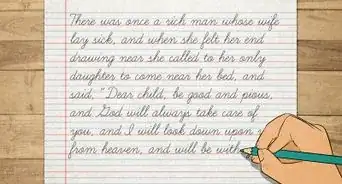
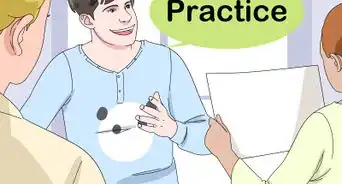

-Step-15.webp)


